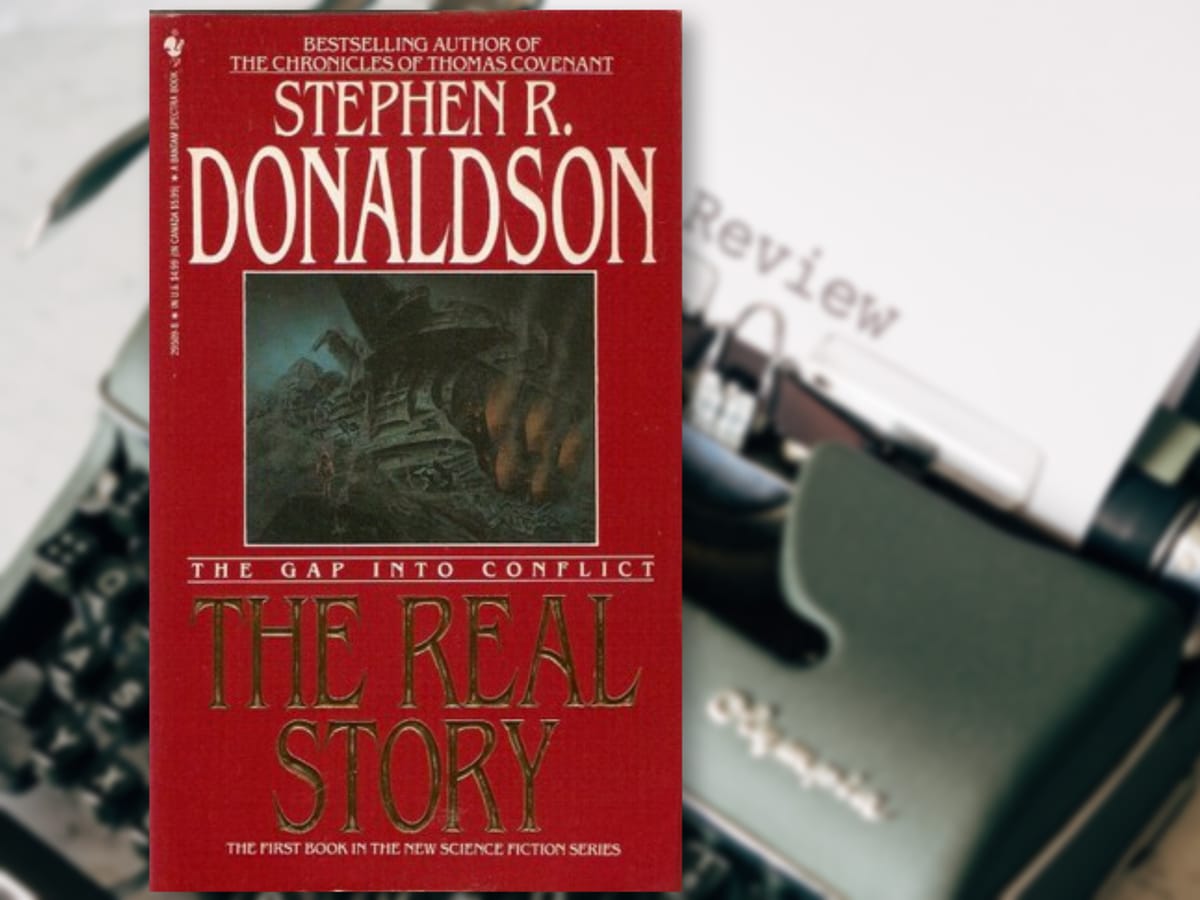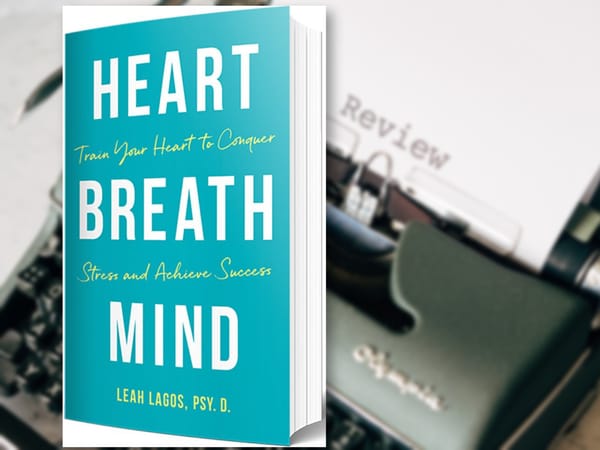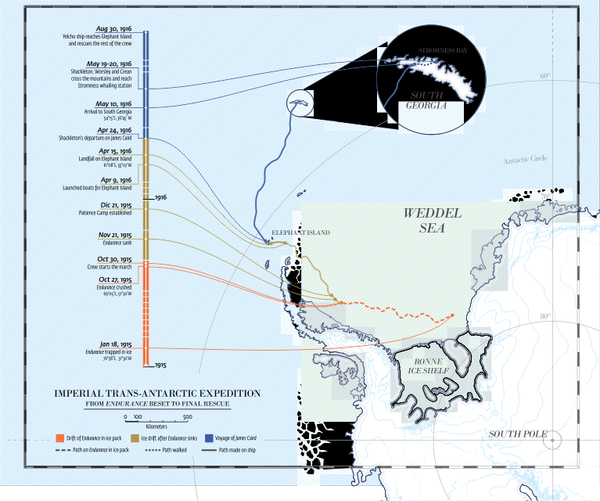The Real Story
Dive into The Real Story by Stephen R. Donaldson! 🚀 What if the villain isn't a troll, the hero's just flawed, and the victim becomes the savior? This hard sci-fi novella flips expectations in a gap-drive universe of mining belts and moral voids.

The first time I finished The Real Story I was tired from a stressful day at work. I had curled myself against a stack of pillows with my dog sleeping in the crook behind my legs. The plan was to read a couple of chapters, then turn in early. The thirteenth chapter spoiled my plans.
Nick bowed gracefully but didn’t move. “On the contrary, Captain Thermo-pile.” Except for his scars, his expression was bland. “I’m in no hurry at all. Please”–he gestured expansively–“after you.”
His gaze and his bow and his gesture were all aimed at Morn.
”There-mop-a-lee,“ Angus retorted. ”Ther-mop-a-lee. Get it right Succorso."
Suddenly, the story had changed, again. From those few sentences, I realized that the “real story” was yet to be told. I plunged into finishing the book as if it were the deep-end of a pool. I finished that night, itching for the next book in the series.
In this short, tightly written novella, Donaldson illustrates what hard science fiction can look like when you throw away the exposition and speculation about science and focus on characters. Ships spin for gravity, space stations are home, mining the belt for ore is a way of life, the gap-drive allows ships to cross vast distances in the blink of an eye. These are facts accepted by the characters inhabiting the world. Donaldson doesn’t waste ink on how those things came to be. They simply are.
The real story is found in the characters; the conflict within and between them. In The Real Story we meet Angus Thermopyle, the villain; Morn Hyland, the victim; and Nick Succorso, the hero. But that is not the real story.
To discover the real story, we enter Angus’s reprobate viewpoint to learn about the dangers of mining the belt, the sickness that overtakes a few who cross the gap, and a darkness in humanity that rivals the blackness of space. We never see the world through Nick Succorso’s eyes. Nick is a scarred hero who saves the damsel from the troll. Nick is a charismatic pirate who works the system as easily as he pilots his sleek ship. You expect a story like this to be told from Nick’s point-of-view. But it’s not. Because maybe, just maybe, Nick is not the hero of the story.
Don’t forget Morn Hyland. Yes, mourn for her. She is the victim of this story, but as The Gap Cycle unfolds, she refuses to submit to the technology that empowered her humiliation. She takes control of it. In a flash of insight, she goes from Angus’s victim to his savior. Nick goes from flawed but daring hero to just flawed. And the troll with the power to change the unalterable data-cores, a troll with the power to change the story, is as impotent as you imagine a man like him might be.
Someone once said that writing is telepathy through time. A good story goes from the imagination of the author to the imagination of the reader through a telepathic link that is the written word. On that sleepy night, in a few simple sentences, Stephen R. Donaldson telepathically communicated to me that Morn Hyland wasn’t the victim, Angus wasn’t the villain, and Nick was no hero. In those few sentences, I knew that despite an earlier promise, the real story had not been told.





